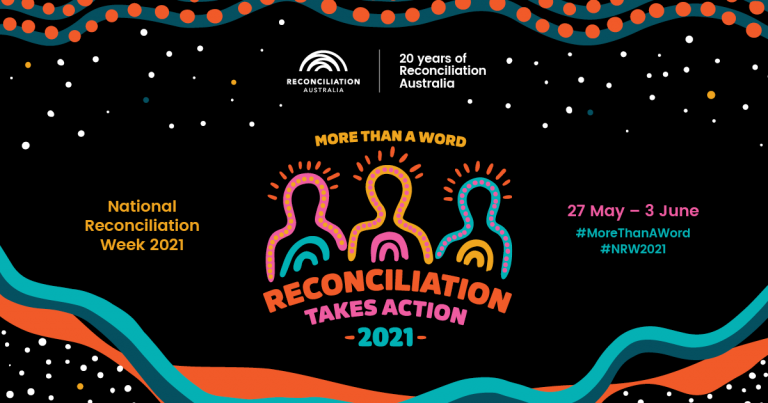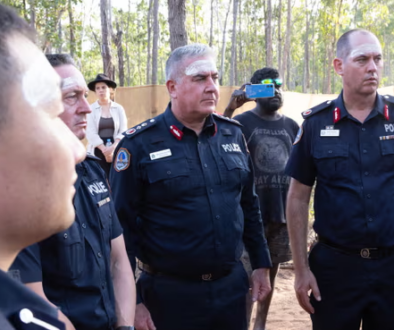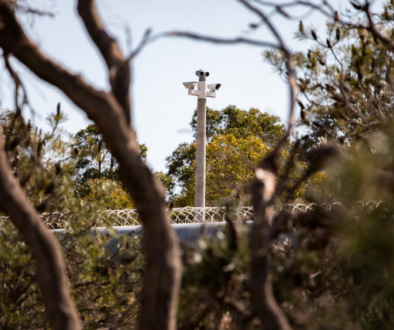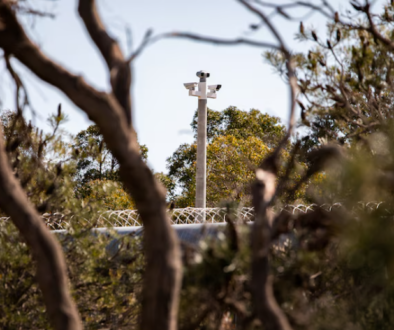
It’s reconciliation week: Black Lives Matter and it’s about time that Australia got swept up in the worldwide movement, not only for George Floyd, but also for its own First Nation’s people.
“Closing the Gap” is a collective responsibility, which depends upon engagement of both Indigenous and non-Indigenous Australians.
I. The Government’s ‘Closing the Gap’ strategy has proven ineffective.
“Aboriginal and Torres Strait Islander people experience health inequities and higher rates of chronic health conditions that put them at increased risk during such events. Compared to non-Indigenous Australians, they are more likely to live in regional and remote areas and have inadequate access to infrastructure. Additionally, they are more mistrustful of information and interventions by external authorities based on a history of discriminatory policies and practices. However, decades of work by Aboriginal and Torres Strait Islander communities to build their own self-governing services has uniquely placed them to work with governments to tailor responses for their communities.”[1]
- There is a need for large-scale systemic reform and a paradigm shift in our approach to truly empower Aboriginal and Torres Strait Islander peoples.”
- Strength-based reforms and community-led action and a trauma-informed preventative approach that tackles the entrenched social and economic that result in the overrepresentation of First Nations’ People.
- There are valid concerns over the impacts of emergency measures on people First Nation’s communities in which drug and alcohol addictions, homelessness and domestic violence are prevalent. For example, the power to detain for the purposes of an emergency evaluation assessment (“EEA”) has been implemented in a way that results in further harm and, in some cases, death. (See the Inquest of Trevor King – in which the Coronial Report is still pending).
- Increased police powers to detain individuals under ‘emergency’ provisions could lead to further disproportionate targeting of Indigenous people, leading to more fines and even higher incarceration rates than the shocking levels of unnecessary over-incarceration we already have.
II. Self-determination is imperative. “Nothing about us, without us”:
- “Aboriginal and Torres Strait Islander individuals and communities know the solutions that work and what is best for protecting their peoples and their lands. 2020 has clearly demonstrated that to effect positive, lasting health and wellbeing outcomes for Aboriginal and Torres Strait Islander people, governments must be led by, and invest in, Aboriginal and Torres Strait Islander led solutions.”
- A consultative approach for systemic reform, policy design, service delivery, evaluation or agreeing upon funding, will be the only successful approach. The success of community-led programs is, however, dependent upon matching political will and investment.
Recommendations
The 2021 “Closing the Gap Report” focusses on issues that are relevant to Class PR’s own advocacy on behalf of First Nations’ people, namely overincarceration of First Nation’s people, particularly juveniles.
- Take a preventative and rehabilitative approach through justice reinvestment to child and adult incarceration to address the over-incarceration of Aboriginal and Torres Strait Islander children and adults – a source of ongoing trauma and a long-term health concern.
- Raise the age of criminal responsibility immediately and nationally, from 10 years old to 14 years old, to be in line with international conventions and empirical evidence regarding childhood development. No child belongs in prison.
III. Get involved:
- Follow and contribute to the Levitt Indigenous Poetry Prize (the LIPP). Submit an entry – either poetry or art – and be part of the dialogue.
- If you’ve been detained, incarcerated and/or subject to mistreatment register your details with us and/or share your story. #BeentoBanksia.
[1] Closing the Gap – Recommendations p 6.

It’s reconciliation week: Black Lives Matter and it’s about time that Australia got swept up in the worldwide movement, not only for George Floyd, but also for its own First Nation’s people.
“Closing the Gap” is a collective responsibility, which depends upon engagement of both Indigenous and non-Indigenous Australians.
I. The Government’s ‘Closing the Gap’ strategy has proven ineffective.
“Aboriginal and Torres Strait Islander people experience health inequities and higher rates of chronic health conditions that put them at increased risk during such events. Compared to non-Indigenous Australians, they are more likely to live in regional and remote areas and have inadequate access to infrastructure. Additionally, they are more mistrustful of information and interventions by external authorities based on a history of discriminatory policies and practices. However, decades of work by Aboriginal and Torres Strait Islander communities to build their own self-governing services has uniquely placed them to work with governments to tailor responses for their communities.”[1]
- There is a need for large-scale systemic reform and a paradigm shift in our approach to truly empower Aboriginal and Torres Strait Islander peoples.”
- Strength-based reforms and community-led action and a trauma-informed preventative approach that tackles the entrenched social and economic that result in the overrepresentation of First Nations’ People.
- There are valid concerns over the impacts of emergency measures on people First Nation’s communities in which drug and alcohol addictions, homelessness and domestic violence are prevalent. For example, the power to detain for the purposes of an emergency evaluation assessment (“EEA”) has been implemented in a way that results in further harm and, in some cases, death. (See the Inquest of Trevor King – in which the Coronial Report is still pending).
- Increased police powers to detain individuals under ‘emergency’ provisions could lead to further disproportionate targeting of Indigenous people, leading to more fines and even higher incarceration rates than the shocking levels of unnecessary over-incarceration we already have.
II. Self-determination is imperative. “Nothing about us, without us”:
- “Aboriginal and Torres Strait Islander individuals and communities know the solutions that work and what is best for protecting their peoples and their lands. 2020 has clearly demonstrated that to effect positive, lasting health and wellbeing outcomes for Aboriginal and Torres Strait Islander people, governments must be led by, and invest in, Aboriginal and Torres Strait Islander led solutions.”
- A consultative approach for systemic reform, policy design, service delivery, evaluation or agreeing upon funding, will be the only successful approach. The success of community-led programs is, however, dependent upon matching political will and investment.
Recommendations
The 2021 “Closing the Gap Report” focusses on issues that are relevant to Class PR’s own advocacy on behalf of First Nations’ people, namely overincarceration of First Nation’s people, particularly juveniles.
- Take a preventative and rehabilitative approach through justice reinvestment to child and adult incarceration to address the over-incarceration of Aboriginal and Torres Strait Islander children and adults – a source of ongoing trauma and a long-term health concern.
- Raise the age of criminal responsibility immediately and nationally, from 10 years old to 14 years old, to be in line with international conventions and empirical evidence regarding childhood development. No child belongs in prison.
III. Get involved:
- Follow and contribute to the Levitt Indigenous Poetry Prize (the LIPP). Submit an entry – either poetry or art – and be part of the dialogue.
- If you’ve been detained, incarcerated and/or subject to mistreatment register your details with us and/or share your story. #BeentoBanksia.
[1] Closing the Gap – Recommendations p 6.



